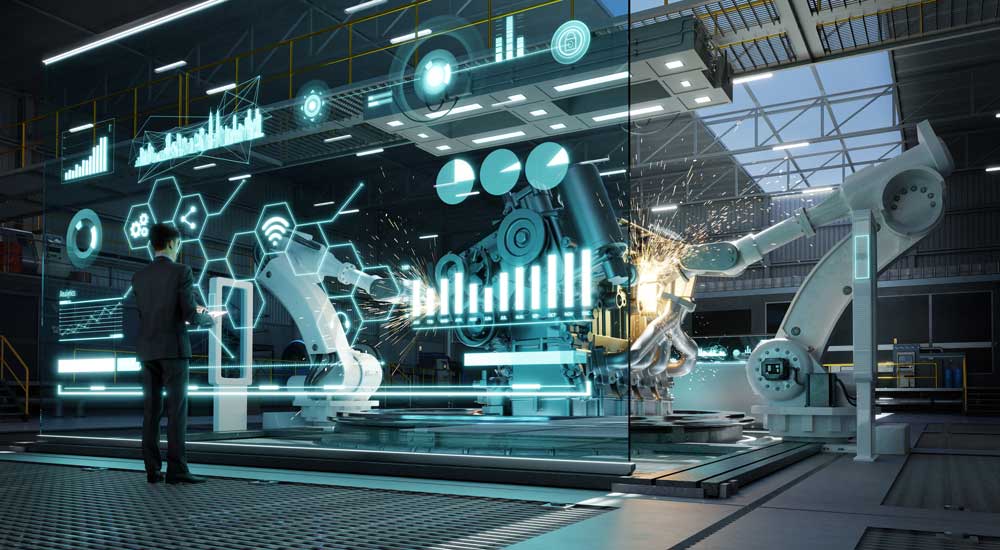The Project: Take 24/7 Domestic Control System Support International
E Tech Group had previously worked with one of the world’s largest e-commerce companies to upgrade and implement 24/7 support at a US facility. A few years after the completion of the initial project, the client implemented round-the-clock sortation of packages to keep up with demand. This compounded the time constraints associated with any interventions, and also increased the complexity of the system.
This switch to continuous sorting increased the number of calls to 24/7 support to maintain uptime at the first facility. This led to the client’s decision to add 24/7 support contracts across five additional US-based sites to support the switch to round-the-clock automated material handling.
The Challenge: Integrate SCADA Support Across Oceans
At the same time, E Tech Group developed and commissioned a SCADA environment for the client’s five largest European-based sites. These sites initially decided not to maintain a 24/7 support service contract because they were not experiencing the same delays as their US-based counterparts.
However, after the project support ended, the European sites ran into issues with their network communications, experienced power outages, and had issues troubleshooting due to the lack of knowledge about the software. This eventually led to some of the sites shutting down operations and doing manual control for the sort – a huge operational issue even for a global company.
The Solution: 24/7 On-Call Support Across the US & Europe
E Tech Group engineers with Wonderware/AVEVA system experience were contracted to support operations, troubleshoot, address concerns, and complete modifications as needed.
Two of the larger European sites agreed to a 24/7 Emergency SCADA support contract, this soon expanded to include another twelve locations. Today there are a total of 17 European-based sites that have a 24/7 Emergency Support contract with E Tech Group.
The Results: Training Offers Client Self-Sufficiency with New Systems
E Tech Group developed and trained client team members, allowing them to create an internal support group, freeing them to be self-sufficient in maintaining the system we created. And we will continue to be there as a first call when the problems, and their solutions, seem foreign.




